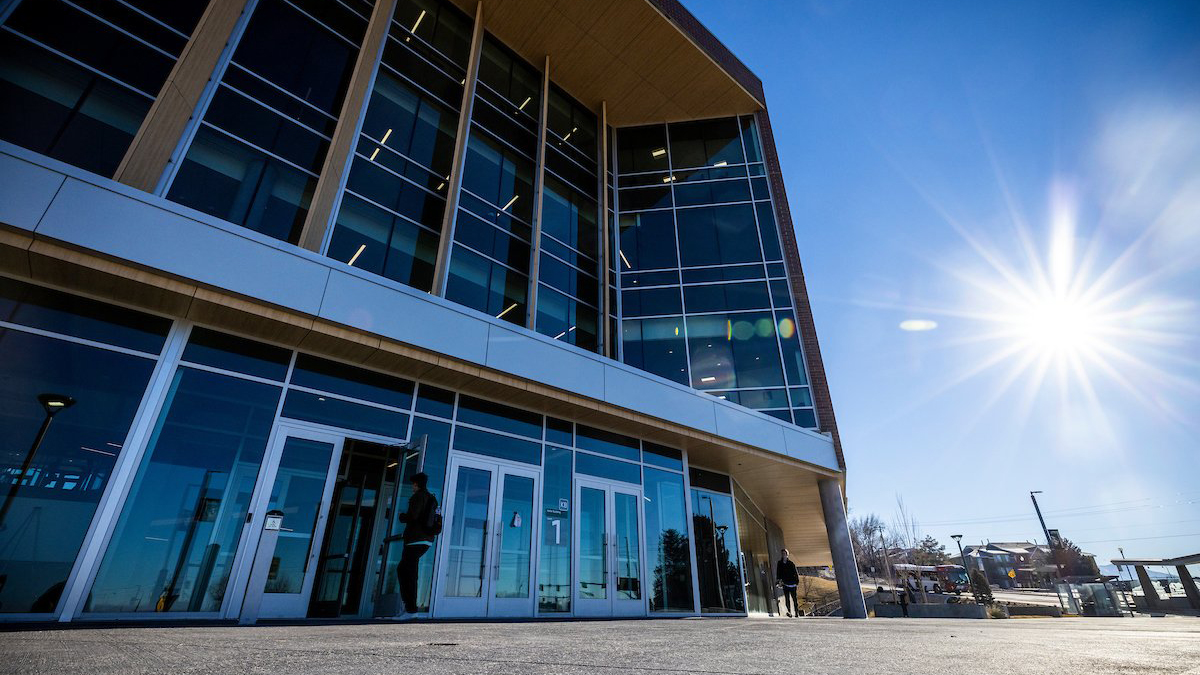We have navigated the COVID-19 pandemic for 22 months, and we appreciate all of your efforts to help our campus community stay as safe and healthy as possible. As COVID-19 evolves with new variants, we must continue to be agile.

Dear Faculty and Staff,
We have navigated the COVID-19 pandemic for 22 months, and we appreciate all of your efforts to help our campus community stay as safe and healthy as possible. As COVID-19 evolves with new variants, we must continue to be agile.
We know that COVID-19 is widespread in our community based on state data. We also know that many experience the omicron variant of COVID-19 with mild symptoms and do not get tested at all. Moreover, testing occurs not only on campus but at public and private testing sites and using at-home testing kits. Our data is now incomplete due to those variables and does not accurately reflect the prevalence of COVID-19 across campus. Because of this, and due to limited COVID-19 testing supplies statewide, we are temporarily suspending the COVID-19 classroom monitoring process. Classroom monitoring was implemented to help identify hot spots and assist in determining when we should transition a course to remote delivery. It is now an incomplete picture of infection rates and is no longer helpful in managing the spread of the virus.
Under the current circumstances, each department and course must be treated on a case-by-case basis. Last week, we asked department chairs and supervisors to work with faculty and staff to make appropriate decisions about temporary transitions to remote learning and working alternatives. We trust in the ability of our faculty and supervisors to determine what is best for the health and safety of those they are entrusted with leading and teaching. We support your efforts to make appropriate decisions regarding remote work and online course delivery when it is necessary. If you have questions, don’t hesitate to ask.
Please remember the lessons we have learned through our resilience over this nearly two-year period and the availability of new tools to mitigate the negative impact of the virus:
Thank you for your exceptional care for our students and one another during these many months. We remain hopeful that we will see case numbers decline, as predicted, in the next few weeks. Please encourage and work to help our students to persist. We greatly appreciate all you have done thus far and look forward to a productive semester.
Wayne Vaught
Provost
Senior Vice President of Academic Affairs
Robin Ebmeyer
Director of Emergency Management and Safety
Sue Jackson
Resident Epidemiologist